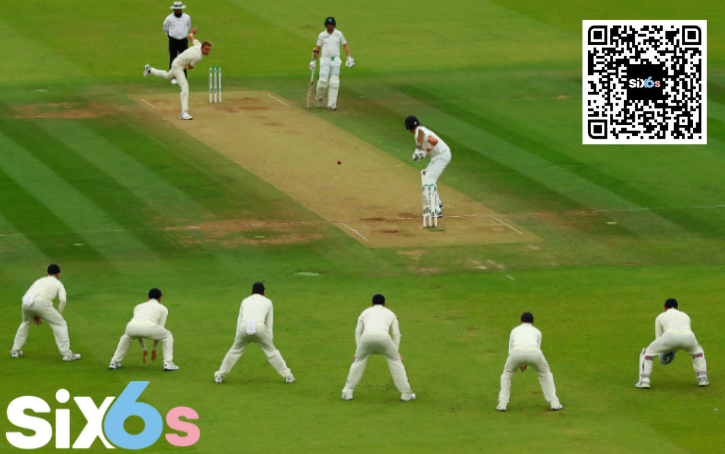Discover the significant differences between the white ball used in limited-overs cricket and the red ball used in Test cricket. Learn how these distinctions impact the game, player strategies, and overall gameplay.

Cricket, often referred to as a game of glorious uncertainties, offers multiple formats that cater to the diverse tastes of cricket enthusiasts worldwide. Among the most prominent formats are Test cricket and limited-overs cricket, which include One Day Internationals (ODIs) and Twenty20 (T20) matches. In this comprehensive article, we will explore the key distinctions that set apart the limited-overs white ball from the Test cricket ball.
The Test Cricket Ball
Traditional Red Color
One of the most iconic features of Test cricket is the red ball. The red ball is made from leather and is dyed red to provide high visibility under natural daylight. This red hue allows for the ball to maintain its color over long periods of play.
Durability
Test cricket matches are played over five days, with each team having two innings to bat and bowl. The red ball is known for its exceptional durability, and it can last for a considerable amount of time, even when subjected to the abrasive conditions of the pitch and the wear and tear caused by bowlers’ actions. This durability allows for a fair balance between bat and ball and often leads to more extended and strategic contests.
Swing and Seam Movement
One of the critical aspects of Test cricket is the ability of the ball to swing and seam. The red ball has a pronounced seam, which, when polished on one side and left rough on the other, can create significant movement through the air and off the pitch.
The Limited-Overs White Ball
A Distinctive White Color
In contrast to Test cricket, limited-overs matches are played with a white ball. The primary reason for using a white ball is its enhanced visibility under artificial lights and during day-night matches. The white color allows for better tracking, making it easier for batsmen and fielders to spot the ball, especially in the later stages of the game when natural light diminishes.
Reduced Durability
As a result, the white ball is not required to last as long as the red ball. Consequently, the white ball is made with a softer and less durable leather. This design ensures that it remains in good condition throughout the limited duration of the match.
Minimal Swing and Seam Movement
While the white ball can still swing and seam, it typically does so to a lesser extent compared to the red ball. The white ball’s seam is less pronounced, and its behavior under lights can be somewhat unpredictable.
Impact on Player Strategies
Test Cricket
In Test cricket, the durability of the red ball plays a significant role in shaping player strategies. Batsmen must be patient and resilient, knowing that the ball will maintain its condition for extended periods. Bowlers, on the other hand, focus on extracting movement and maintaining the ball’s shine to generate swing and seam.
Limited-Overs Cricket
In limited-overs cricket, the white ball’s reduced durability and movement characteristics influence player strategies differently. Batsmen often adopt a more aggressive approach, looking to capitalize on the early overs when the ball is at its hardest and provides less assistance to the bowlers. Bowlers aim to take wickets early, knowing that the white ball’s seam movement diminishes quickly.
In conclusion
The two main formats of cricket—test cricket and limited-overs cricket—each have specific demands and dynamics, which are reflected in the choice of ball color. The white ball is prioritized in limited-overs cricket while the red ball in Test cricket stresses durability, swing, and seam movement.
Understanding the differences between these two types of cricket balls is essential for both players and fans alike. It highlights how the nuances of equipment can profoundly impact the strategies and outcomes of matches in the beautiful and diverse world of cricket.
